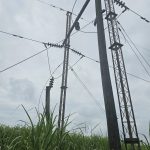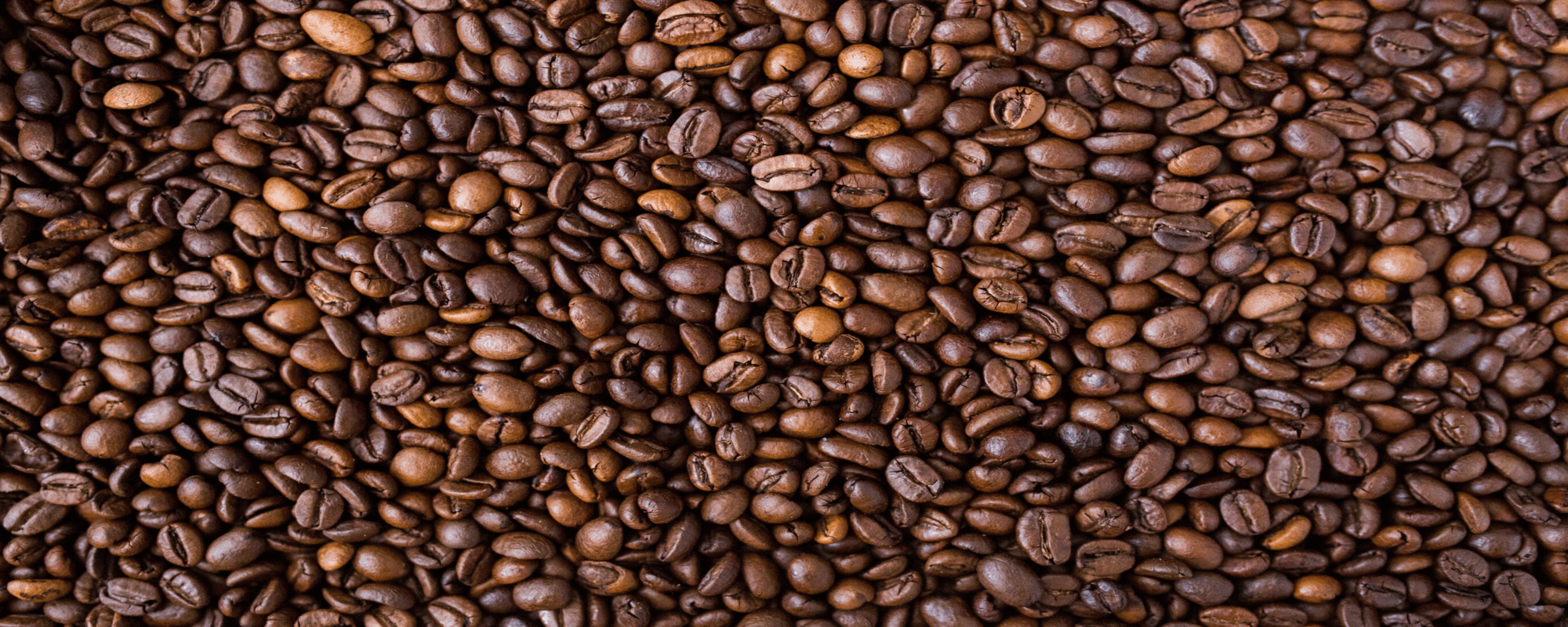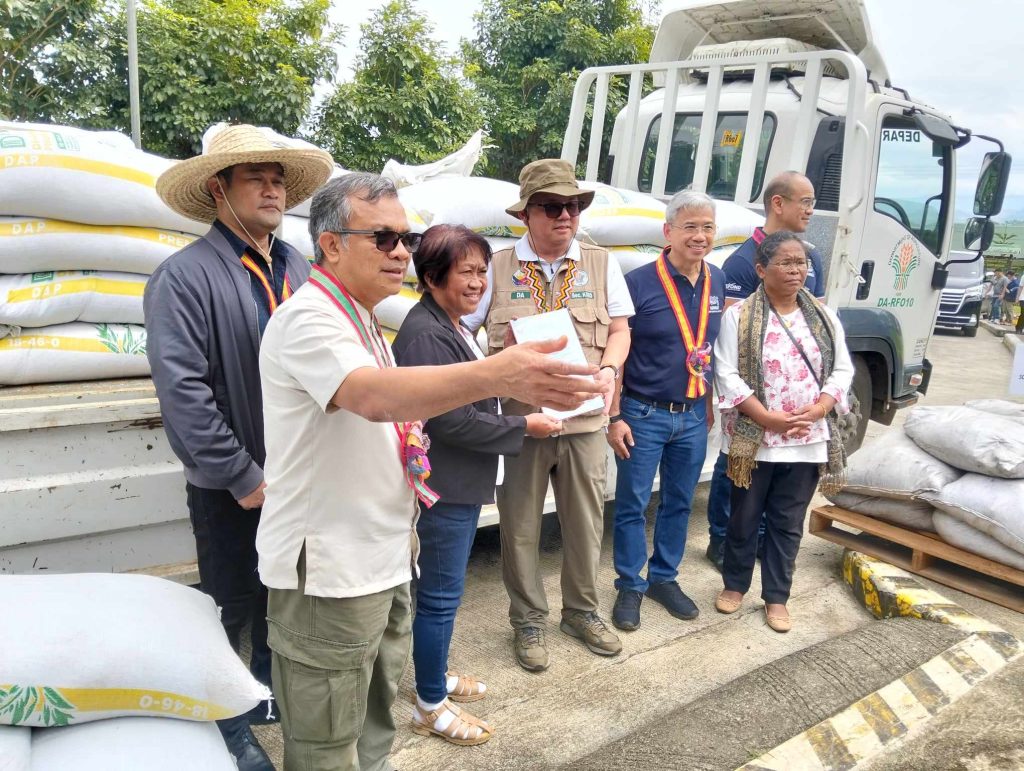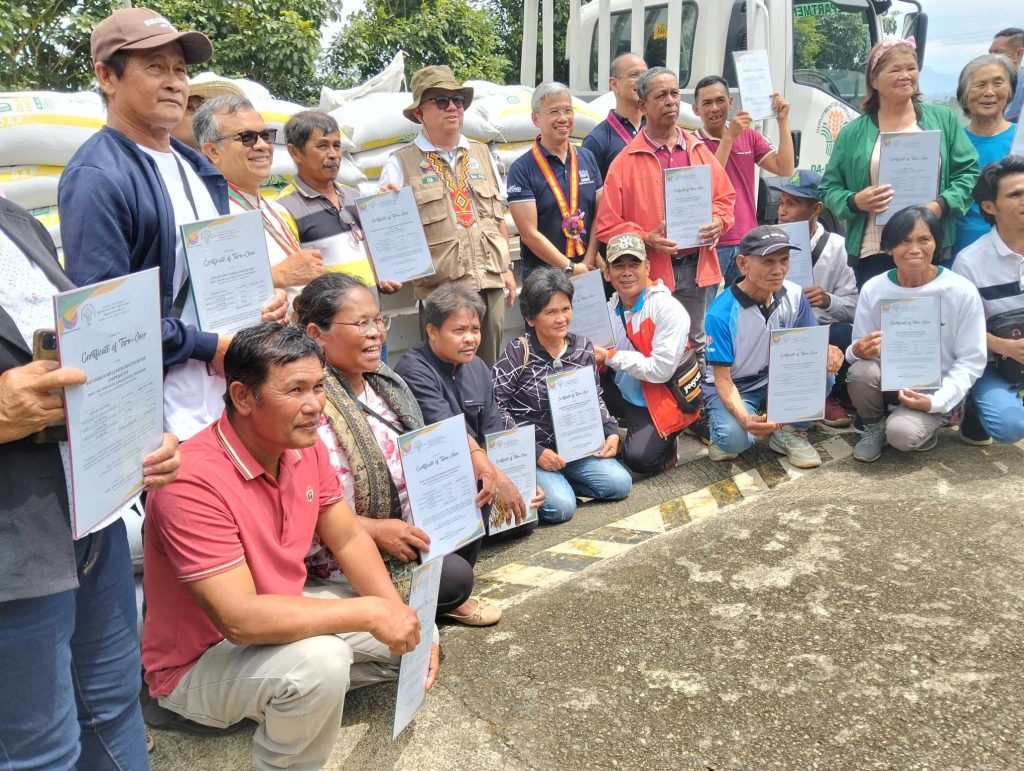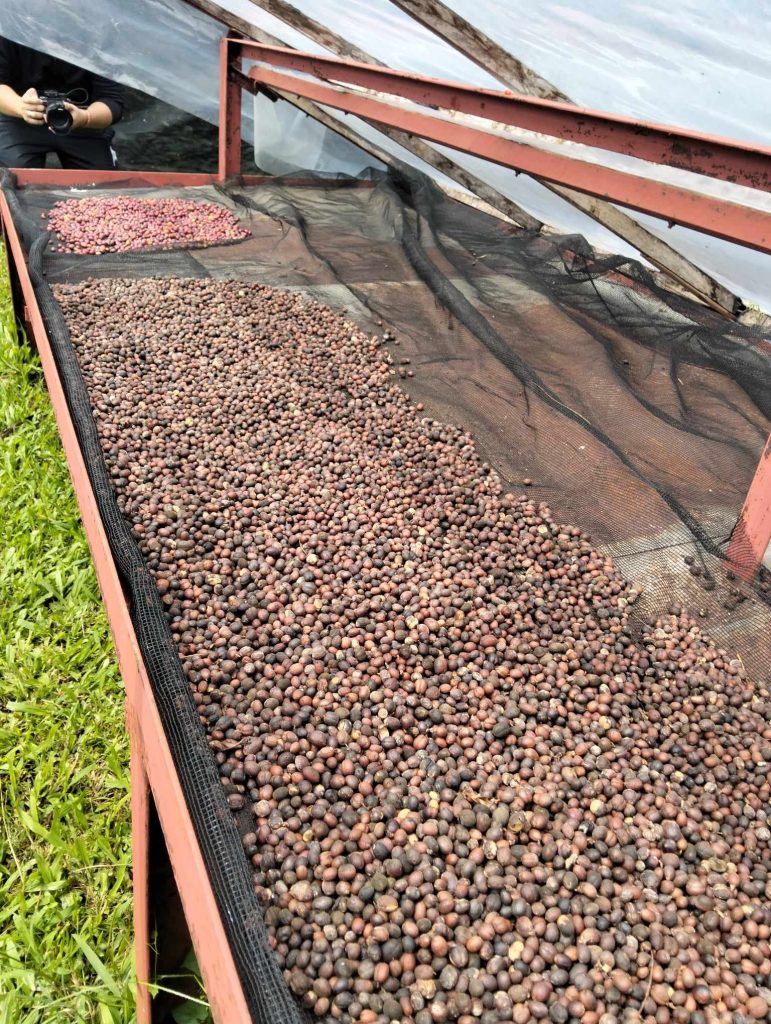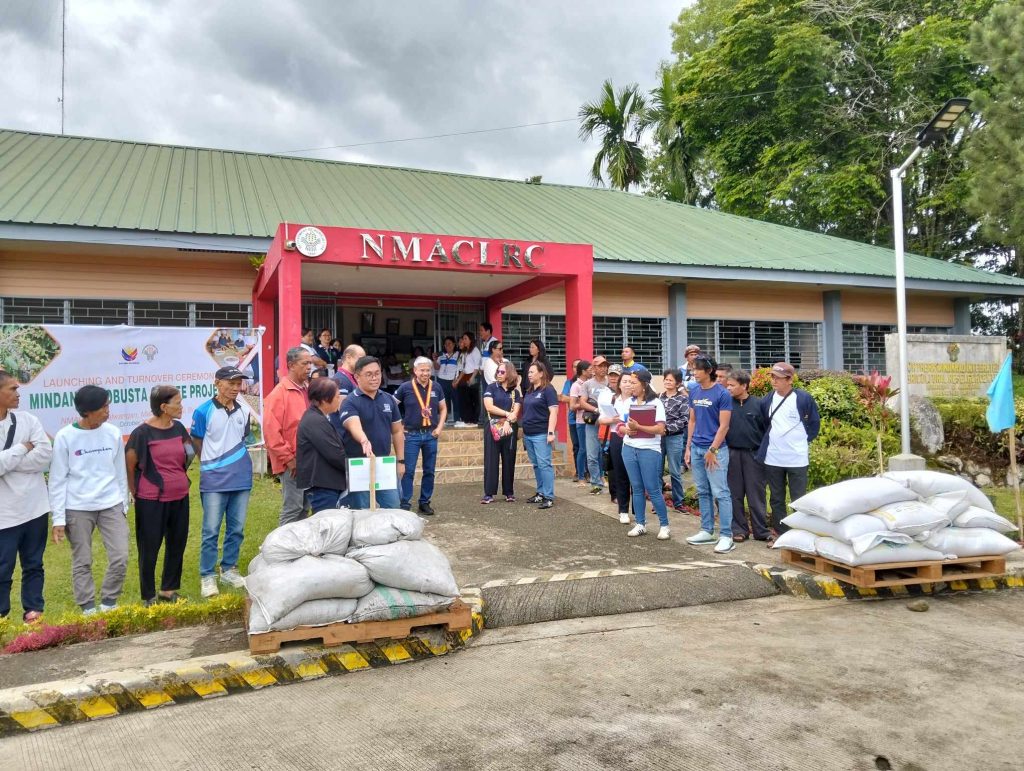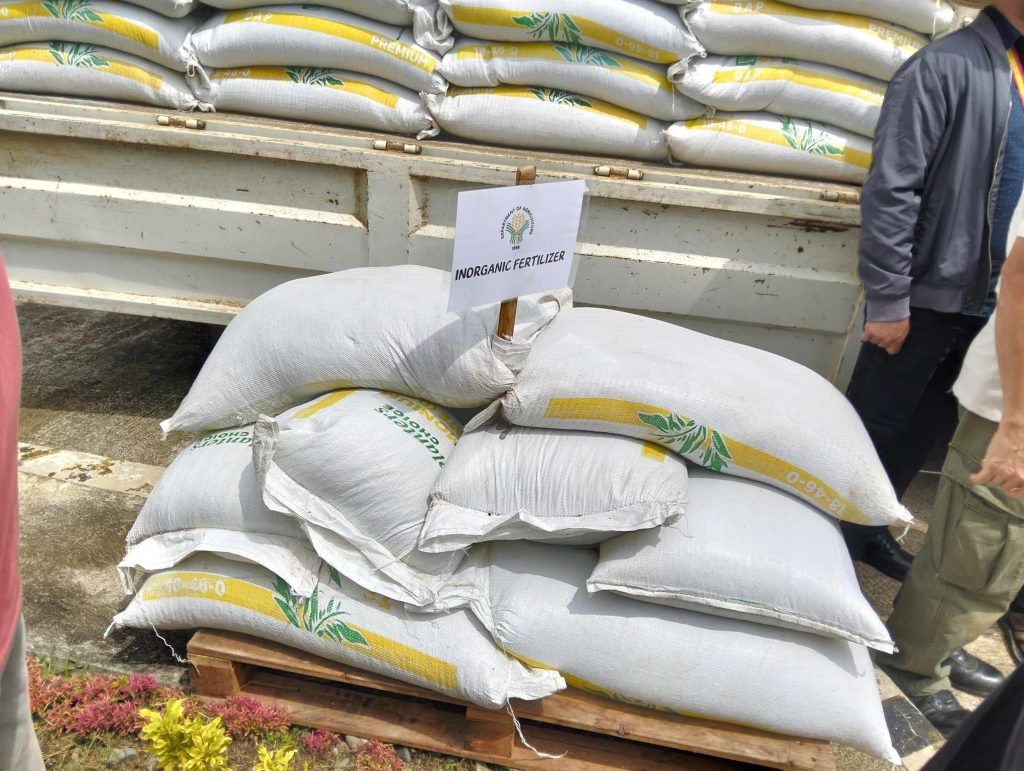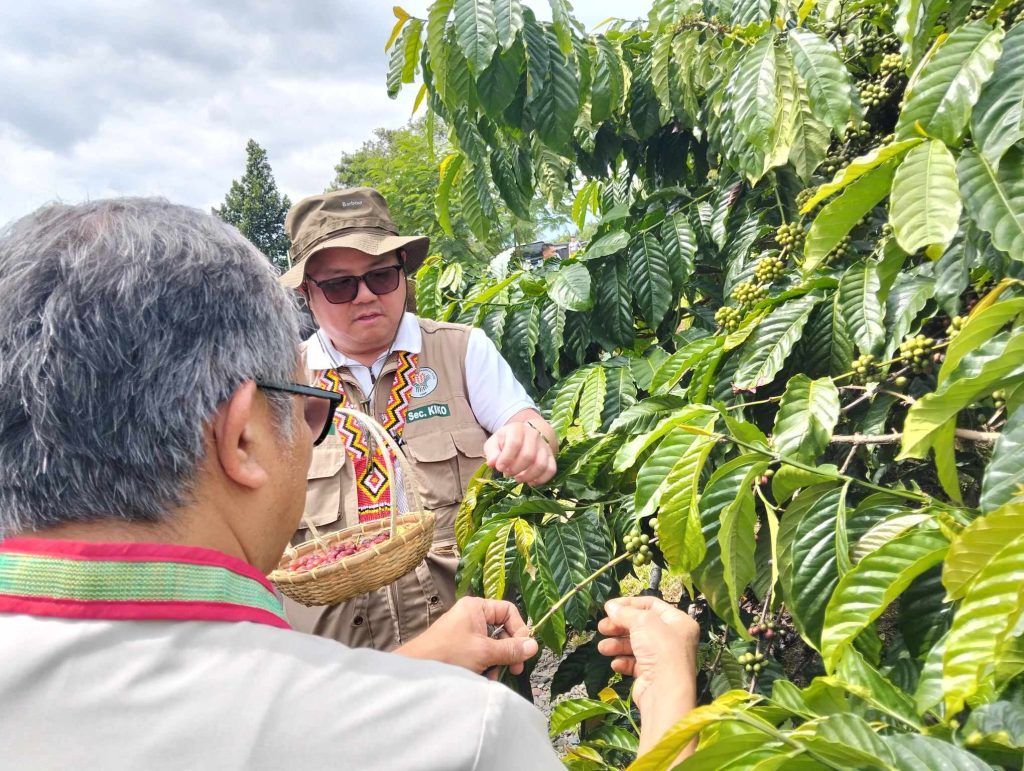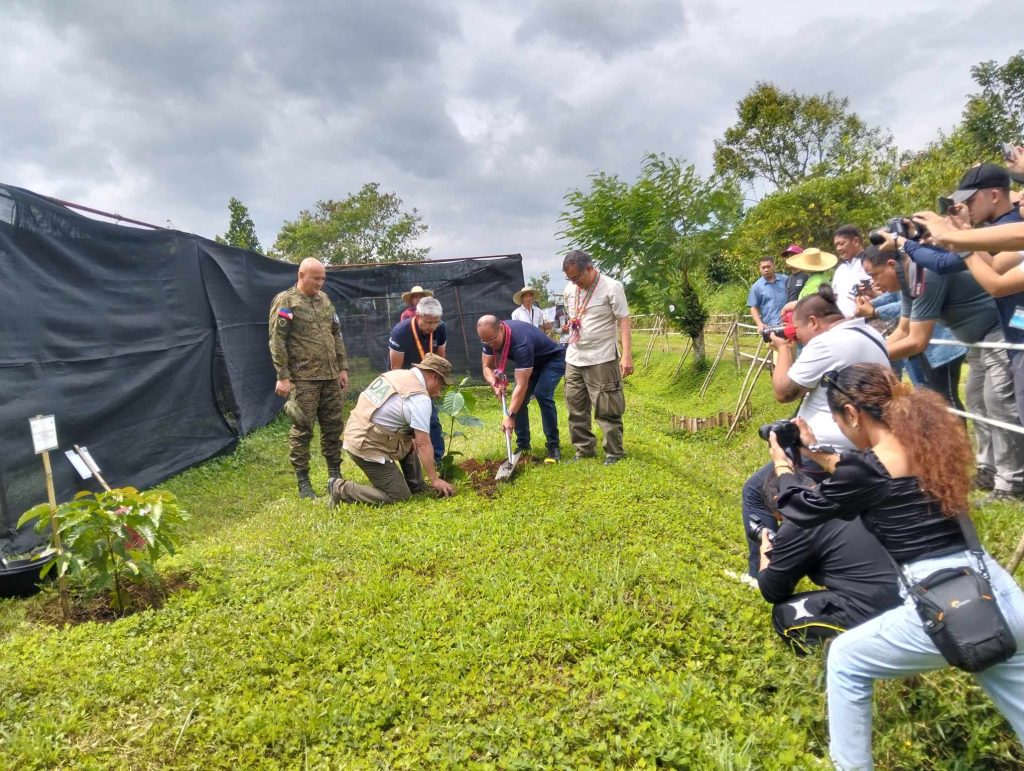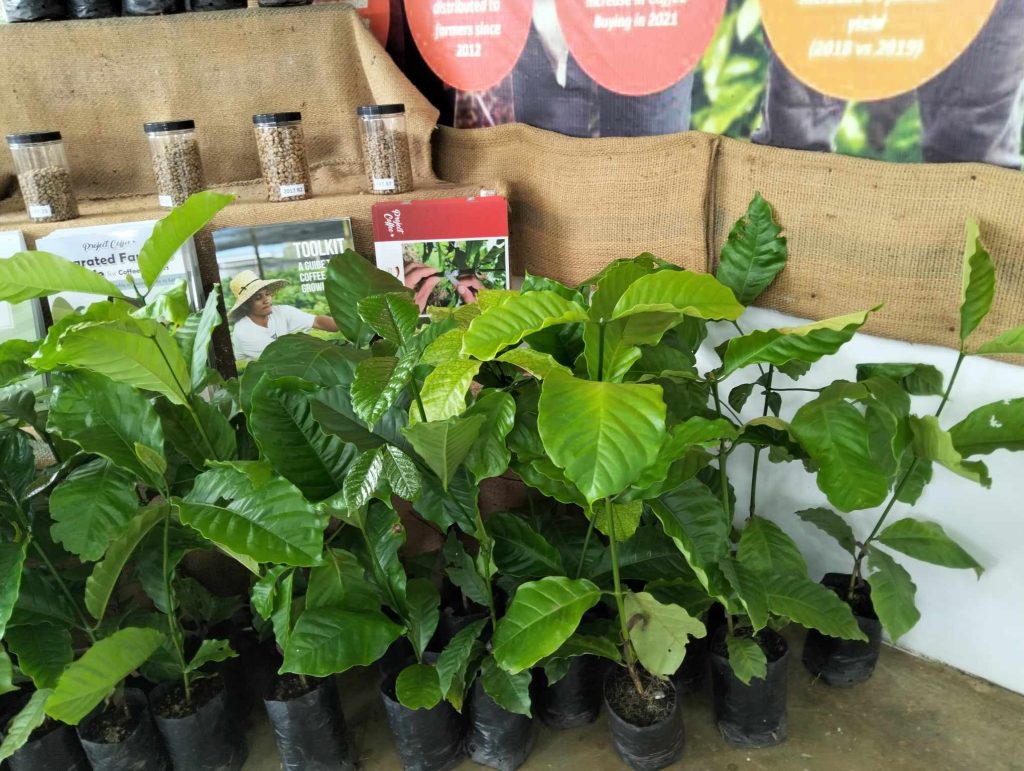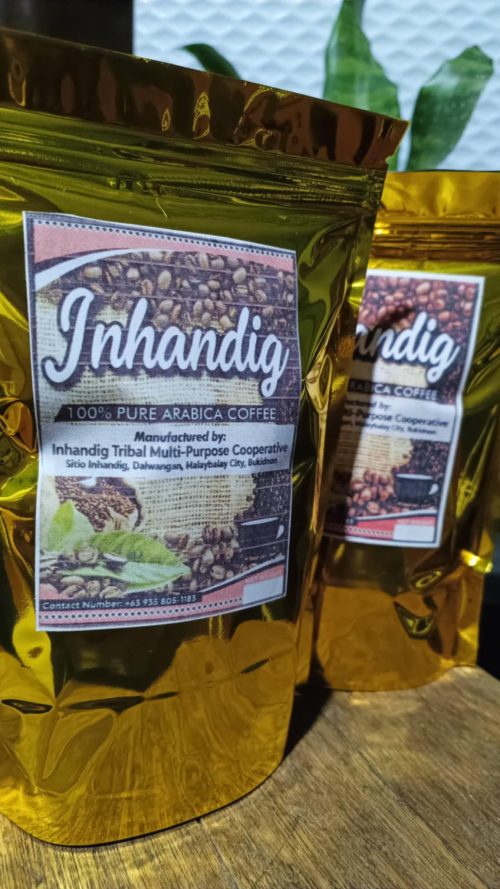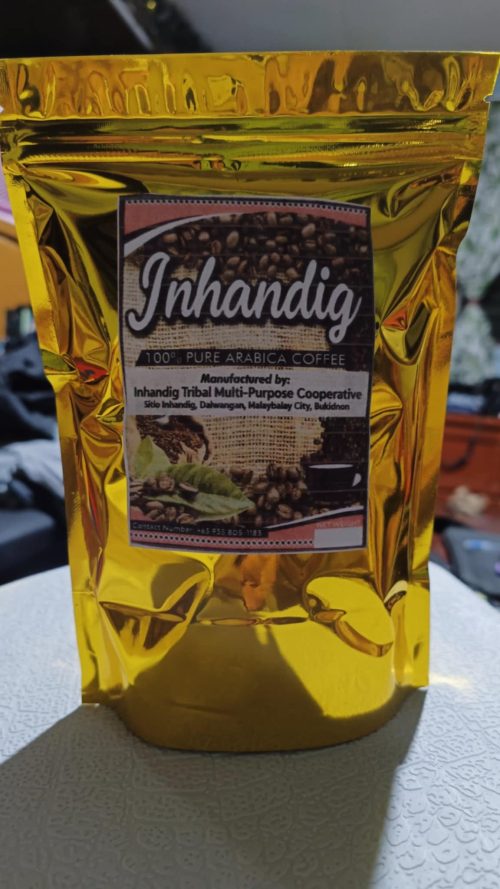MALAYBALAY (BukidnonNews.net/ 07 November 2024)—Agriculture Secretary Francisco Tiu Laurel Jr. said the department is boosting coffee production to reduce annual imports by 10 to 15 percent.
He led the launch of the Mindanao Robusta Coffee Project at the Northern Mindanao Agricultural Crops and Livestock Research Complex in Dalwangan, Malaybalay City, Oct. 29.
The Department of Agriculture’s public-private partnership with Nestlé Philippines Inc. was signed last year to increase robusta production to 1 metric ton (1,000 kg) per hectare by 2027. Compared with other variants, robusta has bolder and bitter flavor and higher caffeine content popular in espresso and instant coffee blends.
Robusta yield
According to the Philippine Statistics Authority, 42,627.85 tons of dried robusta berries were produced in 2021 from 86,534.28 hectares at an average of 0.49 metric ton per hectare.
Laurel said an additional Php 1 billion budget and an additional 30,000 hectares allotted for coffee will be needed to reach the target.
The project, which covers provision of farm inputs and other capacity-building initiatives, had already been launched in Sultan Kudarat, the country’s top coffee producer. In 2021, their robusta cherry yield is at 11,512.57 tons compared to Bukidnon’s 5,041.85 tons at 9,008 hectares. The latter also produces arabica and excelsa variants.
Coffee growers
During the launch, 16 farm organizations received bags of inorganic fertilizers and soil conditioners.
Celso Idul of the Capitan Juan Farmers Organization said they received 5 bags of commercial fertilizers and 10 bags of inorganic ones. He will sell their harvest to Nestlé for Php 270 per kilo, which he said is better than other buyers’ offer of Php 210. Idul added that coffee growers who do not belong to an organization can also sell their produce.
Based on the 2021-2025 Philippine Coffee Industry Roadmap, the overall coffee production (comprising robusta, arabica, excelsa, and liberica or barako variants) in 2020 is 60,640.95 metric tons of dried cherries at 113,264.89 hectares. This barely meets local demand estimated at 198,720 tons per year.
The roadmap targets an average yield of 2 metric tons per hectare by 2026 or 164,704.00 tons of green coffee beans with self-sufficiency level from 15 percent to 39.46 percent. (Sean Sulugan)
